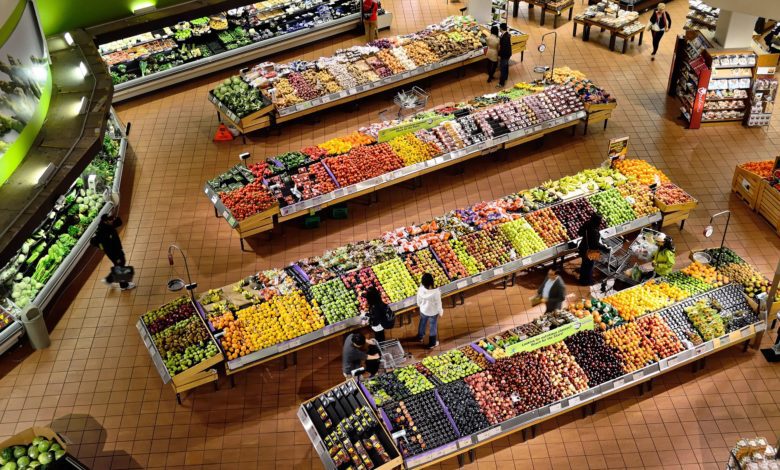Beyond retail: 4 ways to unlock direct-to-consumer relationships
Cheetah Digital’s 2022 Consumer Trends Index, consumers across the U.K. interact with a brand on multiple channels, oftentimes unpredictably. So what does this mean for DTC brands operating beyond the retail landscape?

- CPG and FMCG brands — that is, Consumer Packed Goods and Fast Moving Consumer Goods, respectively — are fortunate to have huge amounts of data at their disposal. However, sorting through what’s relevant and compliant and then unifying it into a single source of truth can be a mammoth task.
Yet, it’s crucial for brands to succeed in a competitive environment where, according to Cheetah Digital’s 2022 Consumer Trends Index, consumers across the U.K.
You'll need to subscribe to unlock this content. Already subscribed? Login?Check out our free weekly podcast

